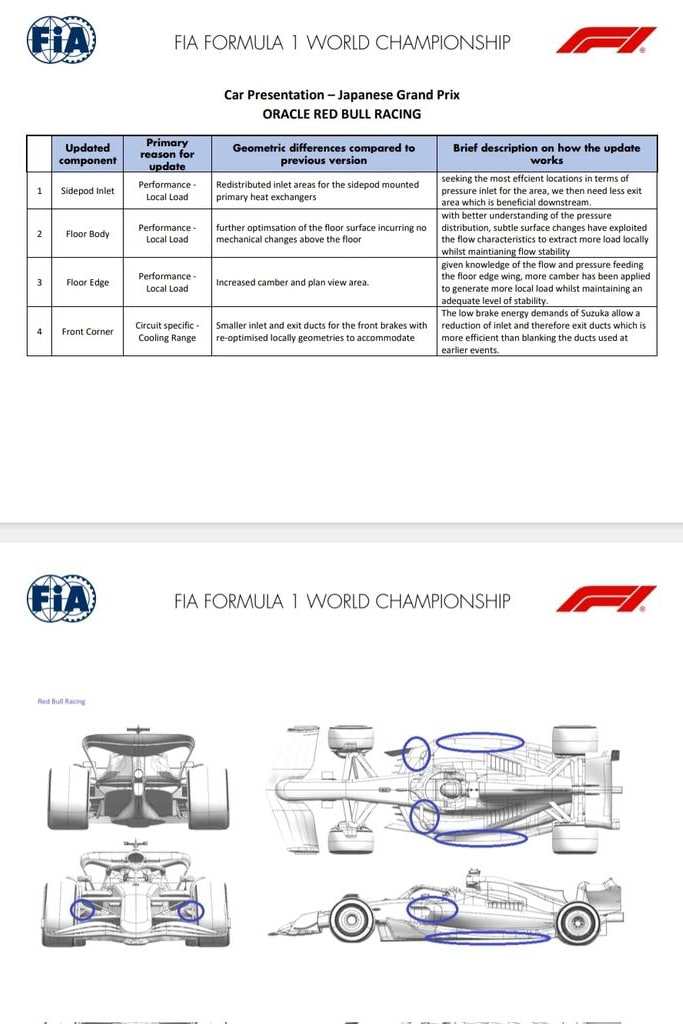Red Bull has introduced significant upgrades to their RB20 at the Japanese Grand Prix, aiming for improved aerodynamic efficiency and cooling. This upgrade, developed before the season's start, moves beyond reliability concerns.
Key Takeaways:
- The RB20 received new air intakes and modified cooling systems designed to enhance aerodynamic efficiency.
- The updates were a part of a planned upgrade package aimed at reducing aerodynamic drag without compromising the car's reliability.
- The changes were tested during the first day of free practice at Suzuka, showing positive outcomes despite cooler temperatures.
Ahead of the Japanese Grand Prix, the Red Bull Formula 1 team rolled out a series of upgrades to their RB20. Spearheaded by Paul Moneghan, the team's lead engineer, these changes mark a strategic evolution in the car's aerodynamic system, meticulously planned to elevate its performance and cooling. This initiative is not a knee-jerk reaction to reliability issues but a well-orchestrated move to improve efficiency, planned ahead of the season start.
The objective of this upgrade is to refine the RB20's aerodynamics using a sophisticated modular cooling system, segregating the radiating components across four distinct zones, each with dedicated intakes and vents. This race weekend sees the shark mouth, the main intake sitting at the front of each sidepod, thinned to reduce drag while also introducing a larger undercut. This undercut aids the production of downforce, while also helps the extraction of hot air. But by introducing a semicircular intake at the rear of the halo, they've been able to manage reliability and cooling of the water and oil radiators sat beneath the bodywork.
“When choosing where to put a cooling vent, it would be stupid to place it where there is little pressure," Moneghan says, as quoted by Motorsport Italy. "It should not be surprising, therefore, if we have tried to perfect the intakes, placing them where we can find higher pressures to make the cooling of the radiators more efficient".
This suite of upgrades was put to the test during Suzuka's low-temperature free practice sessions, with Max Verstappen and Checo Perez at the helm. The feedback was overwhelmingly positive, affirming the team's direction. Despite a recent setback in Australia, Moneghan remains confident in the reliability of the new systems, particularly with the redesigned front brake ducts tailored for Suzuka's high-speed demands.
These brake ducts are smaller, aligning with the needs of the famous Japanese track that features high average speeds.
Red Bull's proactive approach, introducing significant aerodynamic upgrades early alongside Aston Martin, signals a robust championship bid. If the car is as fast as it looks, then we're likely in for another Red Bull 1-2 this weekend.

